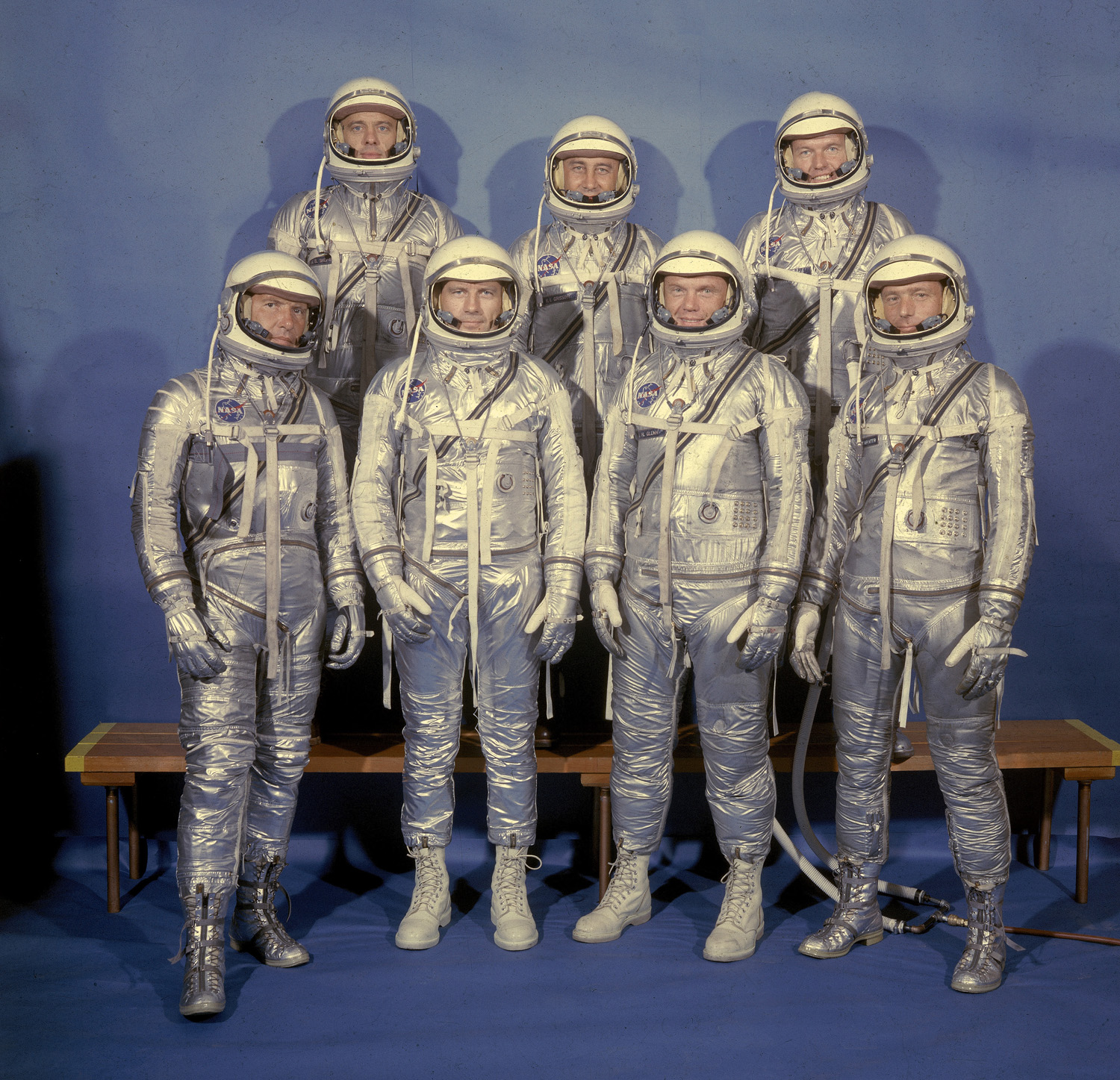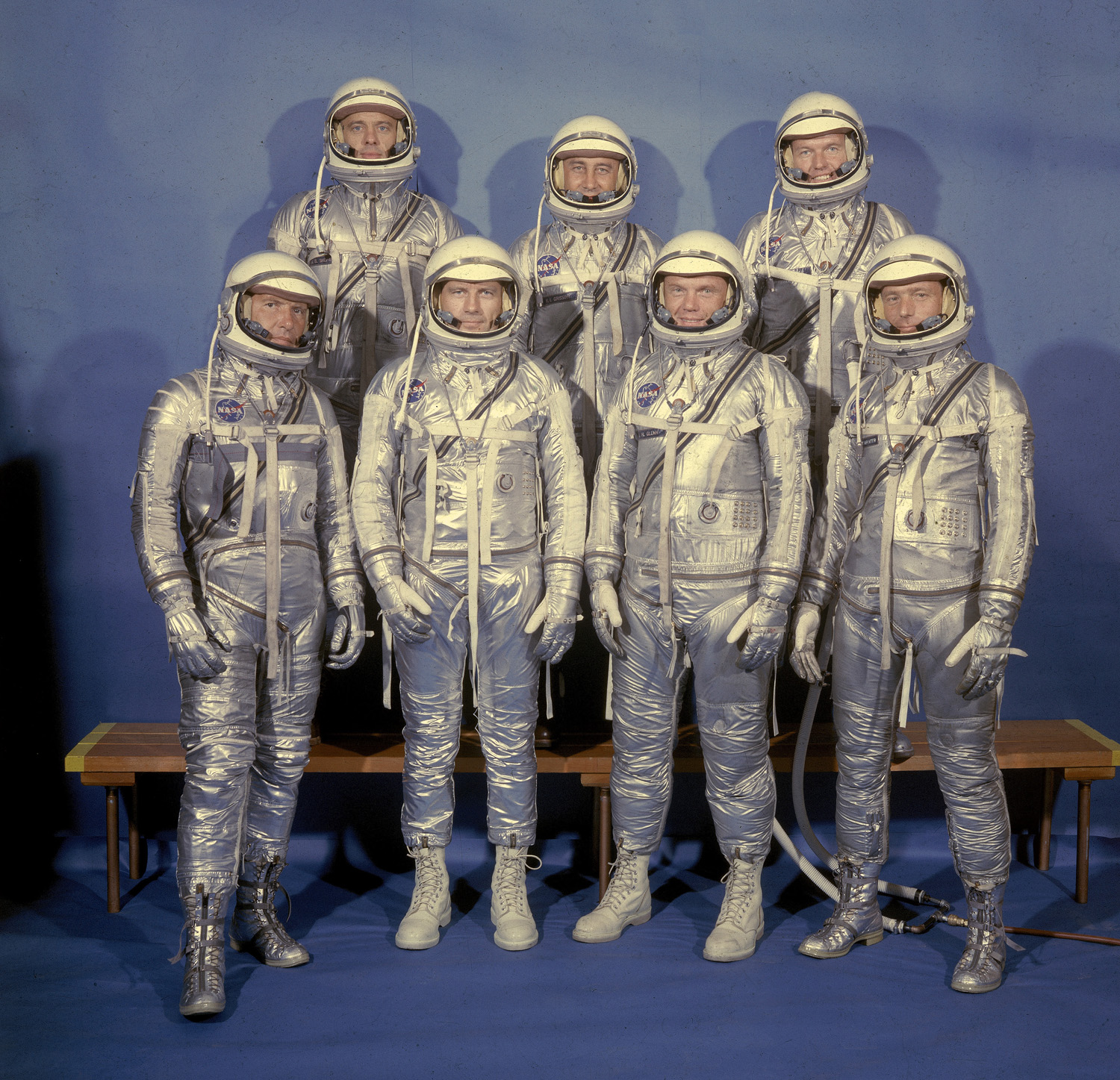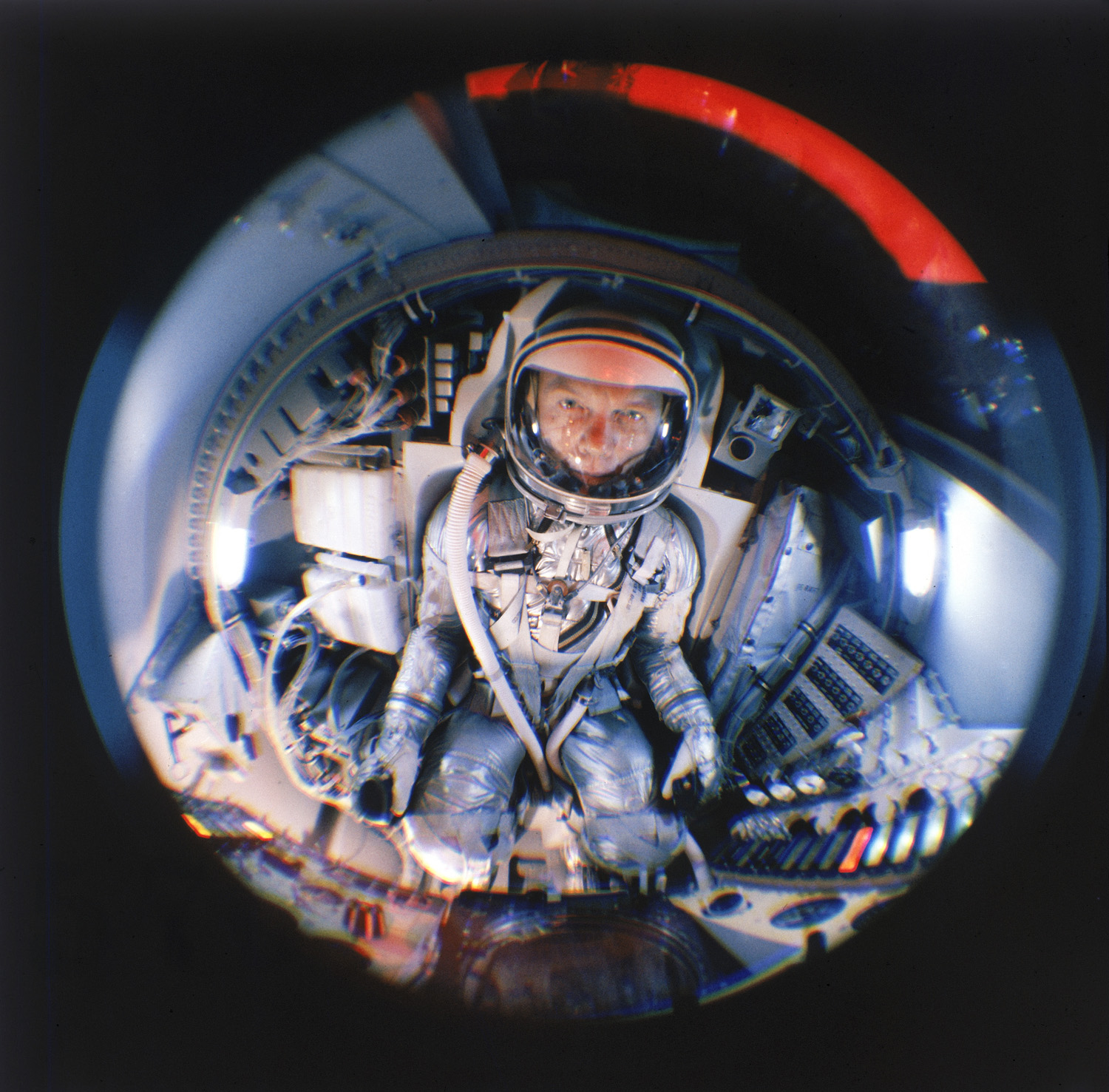
Shepard, Glenn, Slayton, Grissom, Schirra, Cooper, Carpenter. Swap them around, place them in any order you like — they’ll still be recognizable as the names of the dauntless men NASA chose as America’s first astronauts: the Mercury Seven.
No other publication covered the early days of the Space Race with as much unfettered access to the astronauts and their families as LIFE, and in its Sept. 14, 1959, issue the editors featured the “fly boys” selected for Project Mercury in a major cover story that, in effect, introduced the septet to the American public in a uniquely up-close and personal way.
In endearingly un-hip language, the magazine’s editors celebrated the fact that, when it came to the Space Race, LIFE was “with it in a far-out era. . . . We begin this week to report the personal side of a story which we know will live on in history as long as there are men to record it. It is the story of the Astronauts — the supremely dramatic story of man’s first efforts to leave his native Earth.”
In the introduction to the multi-part feature itself, meanwhile, the momentous nature of the task ahead was discussed in tones that ranged from the near-poetic to the downright blunt:
Some fine early morning before another summer has come, one man chosen from the calmly intent seven … will embark on the greatest adventure man has ever dared to take. Dressed in an all-covering suit to protect him from explosive changes in pressure, strapped into a form-fitting couch to cushion him against the crushing forces of acceleration, surrounded in his tiny chamber by all manner of instruments designed to bring him safely home, he will catapult upward at the head of a rocket for more than 100 miles and then plunge down into the Atlantic Ocean. If he survives, he will be come the heroic symbol of a historic triumph; he will be the first American, perhaps the first man, to be rocketed into the dark stillness of space. If he does not survive, one of his six remaining comrades will go next.
The astronauts are all in their 30s. All are military pilots with experience in engineering and in testing new airplanes. One member of the NASA board which chose them called the Astronauts “premium individuals picked for an unconventional task.” In less clinical terms they are the best of a very good lot, a bright, balanced, splendidly conditioned first team, willing — eager, in fact — to undertake an assignment most men would find unthinkable.
Here, on the 55th anniversary of the day — April 9, 1959 — that the seven were introduced to America, LIFE.com offers a gallery of photos taken in the early days of Project Mercury. The pictures were made by long-time LIFE photographer Ralph Morse — a man who spent so much time with the Mercury Seven (and, ultimately, with the Gemini and Apollo crews, as well) that John Glenn himself fondly dubbed him “the eighth astronaut.”









More Must-Reads from TIME
- Donald Trump Is TIME's 2024 Person of the Year
- Why We Chose Trump as Person of the Year
- Is Intermittent Fasting Good or Bad for You?
- The 100 Must-Read Books of 2024
- The 20 Best Christmas TV Episodes
- Column: If Optimism Feels Ridiculous Now, Try Hope
- The Future of Climate Action Is Trade Policy
- Merle Bombardieri Is Helping People Make the Baby Decision
Contact us at letters@time.com